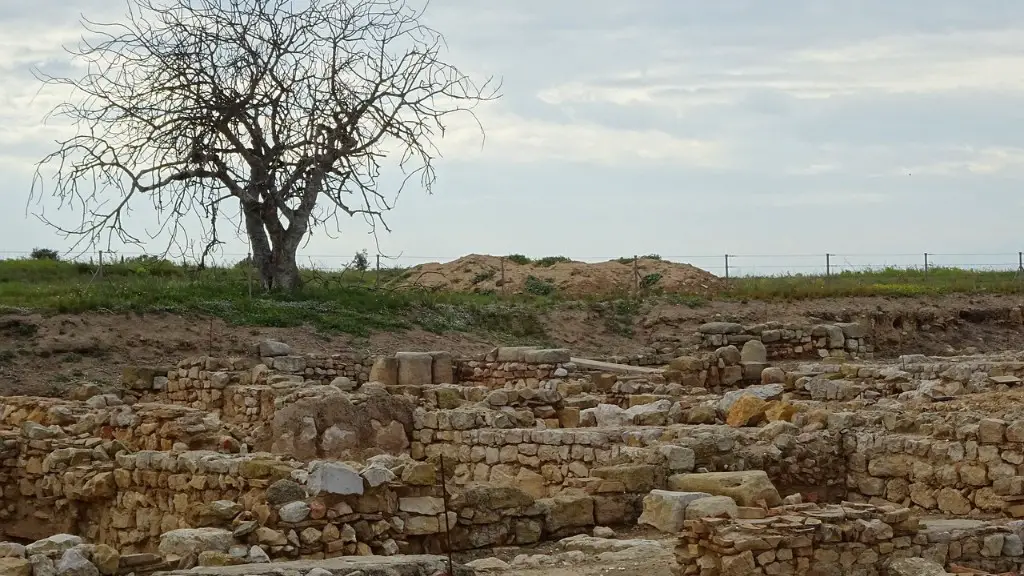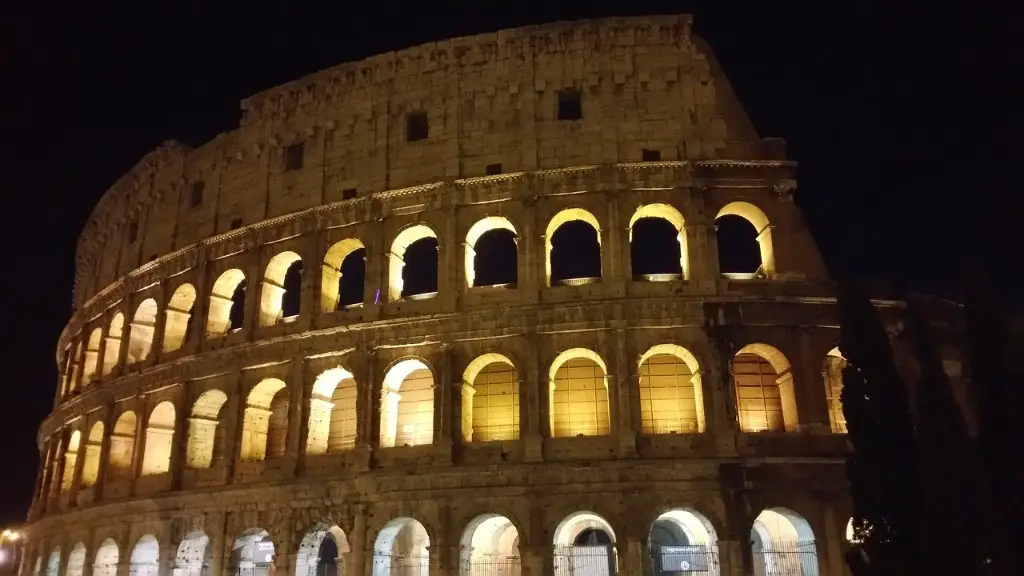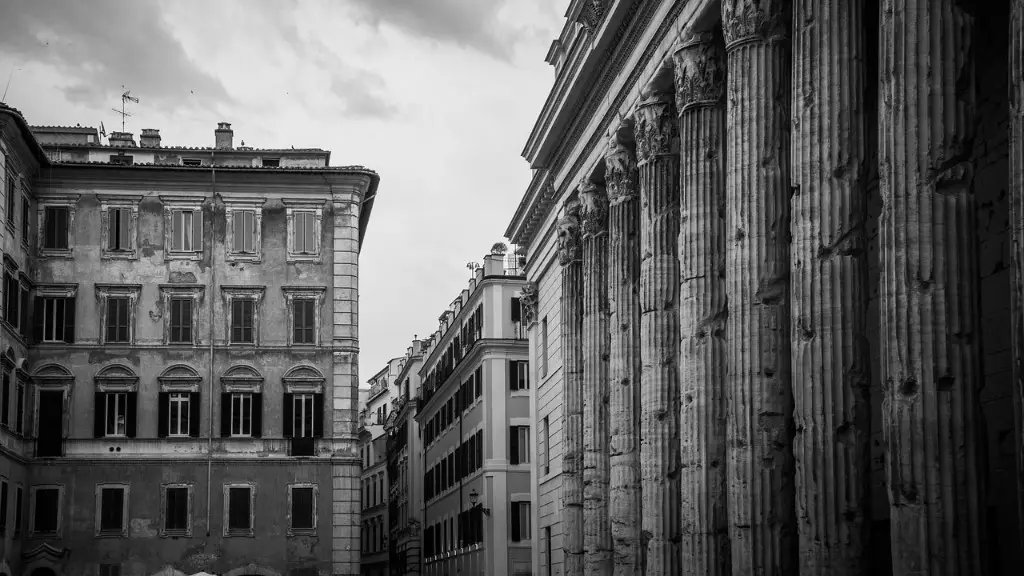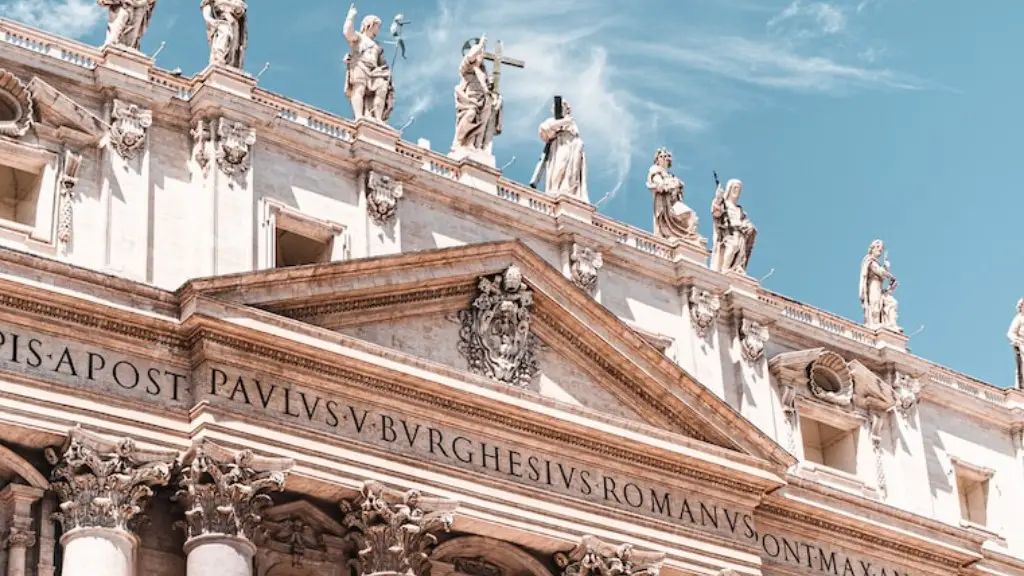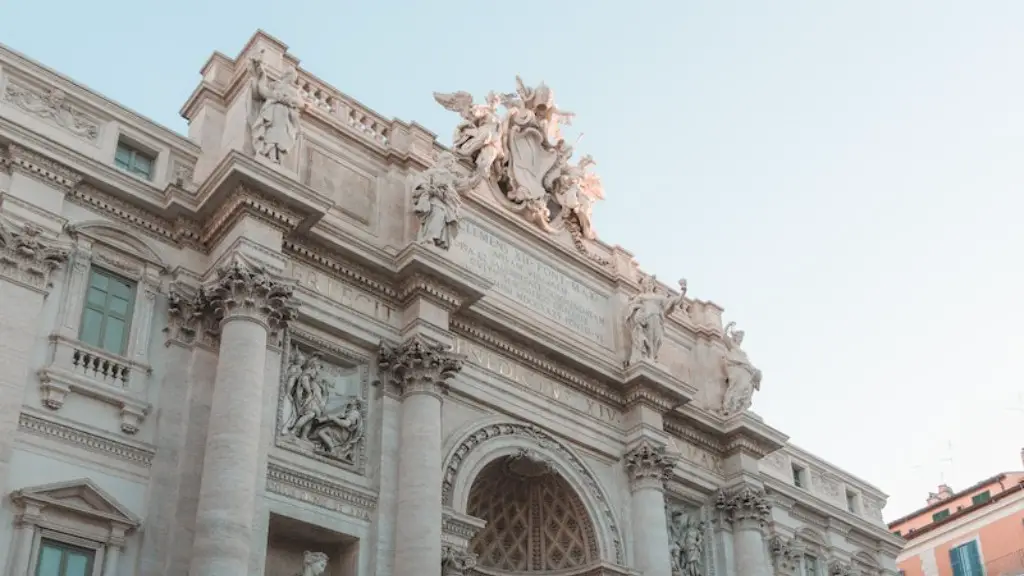Ancient Rome was a complex and advanced society, with distinct social classes that were deeply ingrained into its culture. The hierarchical social classes can be divided into two main categories: the patricians and the plebeians. At the top of the social order were the patricians – wealthy, landowning citizens who held political and religious positions of power. The plebeians, on the other hand, were the lower-class citizens of Rome. Though technically citizens, they held little political and economic power compared to the patricians.
According to Roman law, the patricians and the plebeians held different positions in the social classes, along with other social strata such as slaves, freedmen, and foreigners. The patricians were considered to be the upper-class citizens, with access to the highest positions of political and religious power. They also had access to the most desirable resources and benefits, such as access to land and other economic resources. The patricians were also the only class that could serve in the Senate, the Roman political body.
Plebeians were the lower-class citizens of Rome who lacked access to the same advantages as the patricians. They were excluded from political office, higher-prestige occupations, and access to most economic resources. Plebeians generally had to work as manual labourers, farmers, or traders in order to make a living. Though they could not achieve the same levels of power or prestige as the patricians, the plebeians could still gain access to the Roman legal system, and were eligible for some of the charges and laws set for the wider empire.
Slavery was also a major facet of Roman society, and slaves were considered to be at the bottom of the social hierarchy. While slaves were subjected to harsh and oppressive treatment, they were still considered to be citizens under Roman law. Slaves could earn their freedom through hard work or through the purchase of their freedom by their master. However, after their emancipation, slaves were not allowed to hold political office and would remain in a lower social class.
The complex social hierarchy in Ancient Rome held a powerful sway over the lives of its citizens, shaping their opportunities and life chances. Despite its complexity, the social classes were fairly well defined, and it was only the wealthiest citizens – the patricians – who had access to the most privileges. In contrast, the lower-class plebeians were largely excluded from these higher classes and were relegated to more menial roles. Slavery was also a major aspect of Roman social life and ensured the lowest classes were at the very bottom of the social ladder.
Historical Evidence
The social hierarchy of Ancient Rome is still studied today, with historians delving into the ancient texts and artefacts to uncover the role social divisions played in the Roman Empire. Ancient texts, such as the Roman law codes, provide insight into the laws and regulations that governed patricians and plebeians, as well as the legal rights of slaves. Art and pottery have also provided evidence of the systems of power within Rome and the hierarchy that was enforced by the elite classes.
Roman society was also heavily defined by religion, with the state religion making up a crucial role in both social and political life. Patricians often held religious roles and offices and were seen as having a closer relationship with the gods. In contrast, plebeians were largely excluded from religious power, and access to religion was often more symbolic than practical.
Archaeological evidence has also been critical in uncovering the structure of Roman social classes. Excavations of Roman sites have revealed class-based burial chambers and houses, while monuments and sculptures have provided further insight into Roman social life. By examining ancient texts, artefacts and monuments, historians have been able to gain a better understanding of the social hierarchy of Rome and the significance of social distinctions within the empire.
Modern Implications
Though the Roman Empire has long since fallen, its hierarchical social structure can still be seen today. Though the nature of power has changed, governments and societies still use social class as a means to divide power and resources. This can be seen in modern-day politics, where the wealthy and powerful often have access to higher positions of authority and resources.
In addition, modern-day societies have been heavily shaped by the influence of the Roman Empire. Many countries have adopted its laws and systems of government, and its influence can still be seen today. In some ways, the hierarchical social structure of the Roman Empire lives on in the structures of modern-day societies, where the wealthiest and most powerful classes still hold the greatest shares of power and resources.
Reactions of Romans to Social Classes
Though the structure of the Roman Empire’s social hierarchy was largely accepted by its citizens, there was still some resistance to the system from the lower-class plebeians. As their access to power was limited, many plebeians demanded greater representation in government and greater access to resources. This led to the famous ‘Struggle of the Orders’, a period of unrest in which the plebeians sought greater equality within Rome.
Though the plebeians were ultimately not successful in achieving greater equality, the ‘Struggle of the Orders’ had a lasting impact on the Roman Empire. The demands of the plebeians led to important constitutional reforms, challenging the dominance of the patricians and introducing new concepts such as collective power-sharing. In addition, it also made the Roman government more inclusive, as the backgrounds of the representatives became more diverse.
Though the plebeians never achieved full parity with the patricians, their resistance to the social hierarchy of Rome did bring about some important reforms. The efforts of the plebeians helped to shape the Roman Empire and its constitutional structures, laying the groundwork for the system of government that still exists today.
Role of Women
Though the social hierarchy of Rome was largely based on class, there were still some gender distinctions as well. Women in Rome occupied a lower place in the social hierarchy, and their rights and freedoms were limited compared to their male counterparts. Women were barred from holding any kind of office, and they had limited access to economic resources. In addition, women were not educated in the same way as men, and their political rights were more restricted.
However, despite the gendered social hierarchy, women still had some rights within Roman society. Women could own property, and they were able to conduct business and make contracts. In addition, they were allowed to participate in religious rituals, and they were even allowed to enter into marriage contracts with Roman men.
Though the social structure of Ancient Rome largely placed women in a lower class, they still had some freedoms and rights within Roman society. Though women lacked political and economic power, they were still able to own property and enter into contracts, granting them some autonomy within Roman society.
Role of Religion
The state religion of Rome also played a major role in the social hierarchy of the empire. As the official religion of the Roman Empire, it held immense political and social power within Roman society. The Senate was dominated by officials from the state religion, and the elite classes often held religious offices and titles. This ensured that access to power and resources remained concentrated amongst the most wealthy and powerful classes.
Though religion had immense power within Roman society, it was also used by the lower classes to resist the hierarchical structure of Rome. As the state religion only allowed access to the highest classes, there was some resistance to its dominance. This resistance to the religious hierarchy was seen in movements such as early Christianity, which advocated for greater religious freedom and inclusivity within the Roman Empire.
Though the state religion of Rome played a major role in its social hierarchy, it also provided an avenue for the lower classes to resist the dominance of the elite classes. Through movements such as early Christianity, the lower classes sought to challenge the religious and social power of the upper classes, demanding greater freedom and inclusivity within Roman society.
Social Mobility
Despite the rigid social structure of Rome, there was some degree of social mobility. Freed slaves and plebeians could rise up in the social hierarchy, accumulating wealth and resources through hard work or lucky circumstances. Though these opportunities were few and far between, they still existed, providing some hope for those stuck in lower social classes.
For example, some plebeians were able to rise up in the social hierarchy and become prominent members of the Roman elite. This was achieved either through hard work and business acumen, or through political and military success. In addition, foreign merchants and traders could rise up in the social hierarchy, taking advantage of their skills and resources to gain wealth and prestige.
Though social mobility was limited within Rome, it was still possible for those in the lower classes to move up in the world. Through hard work, luck, or ambition, some Romans were able to make their way up the social ladder and gain access to resources and opportunities that would have been out of reach for those in the lower classes.
Conclusion
The social hierarchy of the Roman Empire was a complex and rigid system, with the wealthiest and elite classes holding the most power and resources. Though the lower classes were largely relegated to more menial roles, they still had some freedoms and rights, and there were still some avenues of social mobility. Religion also played a major role in the Roman Empire, both as a source of power for the elite classes and as a source of resistance for the lower classes. Despite its shortcomings, the social structure of Ancient Rome still has many implications for modern-day societies, as its hierarchical structure still lives on in government and social institutions today.
